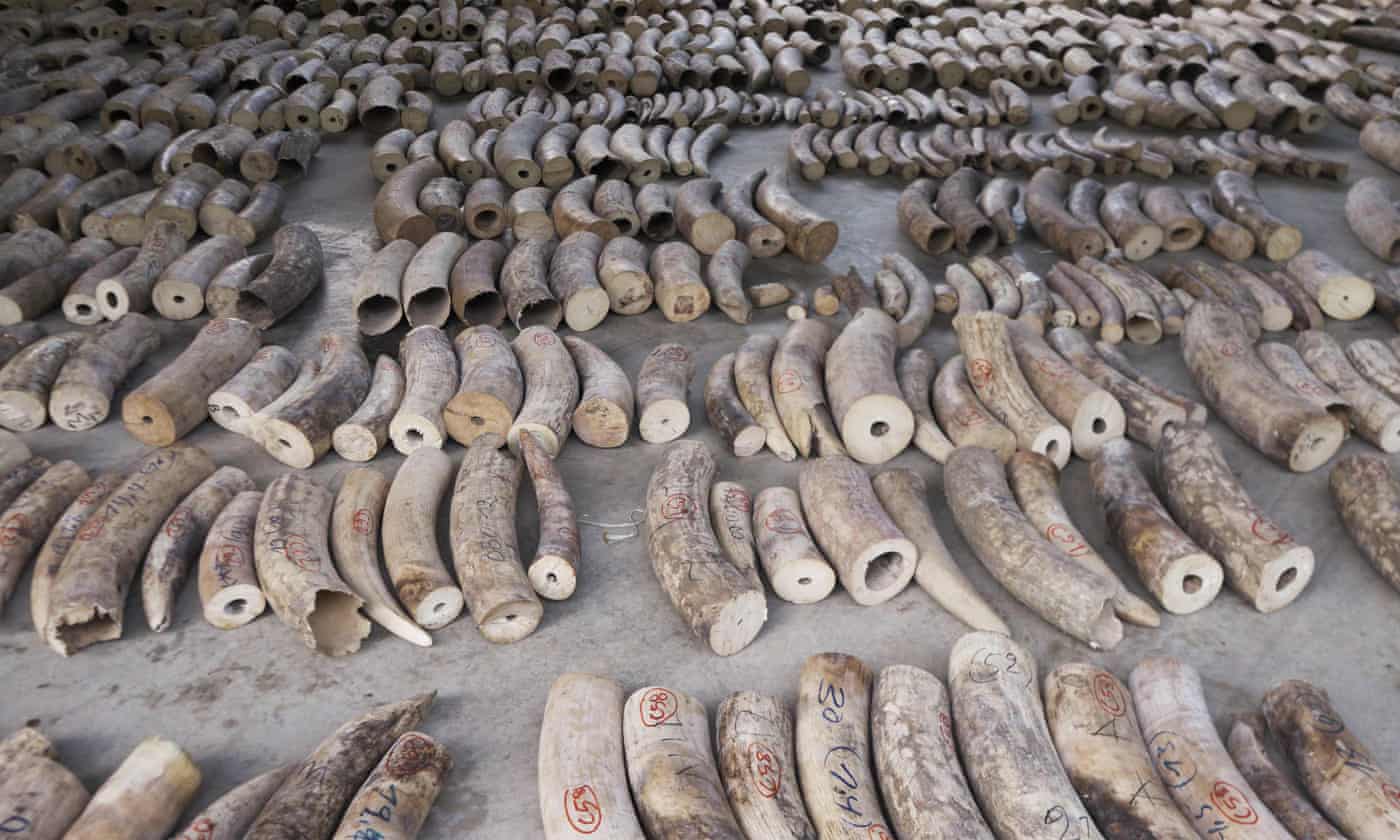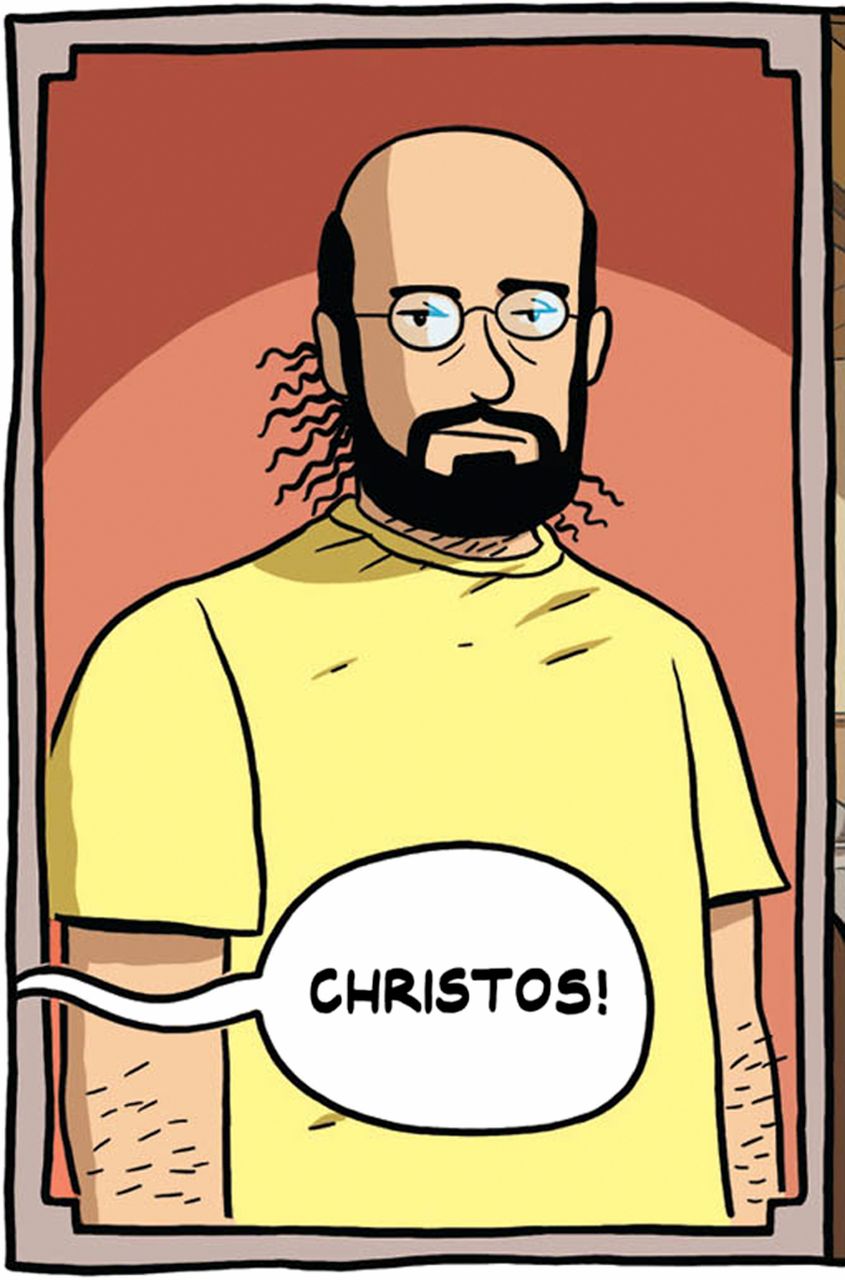Here's the latest paper in an illuminating series on the costs and consequences of kidney donation and transplantation:
I'm fortunate to be on McCormick's distribution list for email updates on matters related to kidney transplantation, and here's how he introduced and summarized this paper (the table of cost estimates is at the very bottom):
"Friends,
https://journals.plos.org/plosone/article/file?id=10.1371/journal.pone.0205655&type=printable
McCormick F, Held PJ, Chertow G, Peters T, and Roberts J. Removing Disincentives to Kidney Donation: A Quantitative Analysis. J Am Soc Nephrol 30: ccc–ccc, 2019. doi: https://doi.org/10.1681/ASN.2019030242 is:
I'm fortunate to be on McCormick's distribution list for email updates on matters related to kidney transplantation, and here's how he introduced and summarized this paper (the table of cost estimates is at the very bottom):
"Friends,
The
seven disincentives to living donors are listed in column 1 of the table
below. Columns 2 - 5 show estimates of
the magnitudes of some of these disincentives made by earlier researchers. Column 6 indicates our own best estimates of
all of the disincentives, and Column 7 specifies the government actions needed
to remove these disincentives without violating the National Organ Transplant
Act.
Note that the disincentives to living donors total almost $38,000,
which is much larger than generally assumed.
This is a substantial deterrent to kidney donation by living donors and
goes a long way toward explaining why, even though about 125,400 patients were
diagnosed with kidney failure in the U.S. in 2017, most of whom could have
benefited from a kidney transplant, only 5,811 patients (4.6%) received a
kidney from a living donor.
It
follows that if the government could remove all of these disincentives by
compensating donors, it could substantially boost kidney donations. We estimate total donations from both living
and deceased donors would increase by about 12,500 per year (63%). That would cut the waiting list for
transplant kidneys (currently numbering about 93,000 patients) in half in about
four years.
We
estimate removing all the disincentives would require an initial government
outlay of only about $0.5 billion per year.
But this investment would quickly be recovered because (a) the long-run
cost of transplantation is much less than for dialysis and (b) the government
pays most of the costs of both. So
taxpayers would wind up saving a net $1.3 billion each year. Much more importantly, society would enjoy a
net welfare gain of about $14 billion per year, reflecting the great value of
the additional donated kidneys to recipients and the savings from these
recipients no longer needing expensive dialysis therapy.
The timing of this article
is fortuitous because there is currently great interest in Washington in
proposals to remove disincentives to organ donation. Indeed, on July 10, President Trump issued an
executive order stating: “Within 90 days of the
date of this order, the Secretary [of the Department of Health and Human
Services] shall propose a regulation to remove financial barriers to living
organ donation.”
Frank
The URL for the just
published article: McCormick F, Held PJ, Chertow G, Peters T, and Roberts
J. Removing Disincentives to Kidney
Donation: A Quantitative Analysis. J Am Soc Nephrol 30: ccc–ccc, 2019. doi: https://doi.org/10.1681/ASN.2019030242
is:
This is the fourth in a
series of articles aimed at reducing the kidney shortage and thereby saving
tens of thousands of lives each year.
The previous three were:
1.
Held PJ, McCormick F, Ojo A, Roberts JP. A cost-benefit analysis of
government compensation of kidney donors. Am J Transplant 16: 877–885, 2016.
This article laid out in great detail (13 Supplements) all of the
costs and benefits of compensating kidney donors, showing it would confer a net
benefit on society of about $46 billion per year and would save taxpayers about
$12 billion per year.
2. Held PJ, McCormick F, Chertow GM, Peters
TG, Roberts JP. Would government
compensation of living kidney donors exploit the poor? An empirical
analysis. PLOS ONE, November 28, 2018.
This article presented evidence that the poor
would not be exploited by government compensation of kidney donors. Indeed, the aggregate net benefit to the poor
would increase to $12 billion per year from only $1 billion per year currently.
https://journals.plos.org/plosone/article/file?id=10.1371/journal.pone.0205655&type=printable
3. McCormick F, Held PJ, Chertow GM. The Terrible Toll of the Kidney Shortage. J Am Soc Nephrol 29: 2775–2776, 2018.
This
editorial argued that the shortage of transplant kidneys is causing the
needless premature deaths of about 43,000 Americans each year (118 per day),
the same death toll as from 85 fully loaded 747s crashing each year. This is a much larger number than had
previously been assumed.
Table 1
Disincentives to Kidney Donation Facing
Living Donors
|
|||||||
(1)
Disincentive
|
Estimated Magnitudes of Disincentives
(Adjusted to
U.S. prices and standard of living in 2017)
|
(7)
Proposed Government Action To Remove
the Disincentive
|
|||||
(2)
Gaston et
al. (2006)
|
(3)
Becker – Elías
(2007)
|
(4)
Rodrigue
et al.
(2016)
|
(5)
Przech
et al. (2018)
|
(6)
McCormick – Held
et al.
(this study)
|
|||
1
|
Travel to, and lodging near, a
transplant center
|
$4,313
|
--
|
$1,945
|
$1,653
|
$3,122
|
Expand current NLDAC program to include
donors of all income levels
|
2
|
Loss of income while recovering from
surgery
|
$3,631
|
$5,118
|
$4,368
|
$5,118
|
Expand current NLDAC pilot
program to include donors of all income levels, providing donors with a tax
credit of $5,000
|
|
3
|
Cost of home/ dependent care
|
--
|
--
|
--
|
$5,592
|
$5,592
|
Include cost of home/ dependent care in
NLDAC program, providing donors with a tax credit of $6,000
|
4
|
Risk of dying during kidney removal
|
$2,951
|
$6,723
|
--
|
--
|
$1,860
|
Provide donors with a $5 million
short-term life insurance policy
|
5
|
Pain and discomfort of kidney removal
|
$6,414
|
--
|
--
|
--
|
$6,414
|
Provide donors with a tax credit of
$6,500
|
6
|
Decrease in the long-term quality of
life
|
$23,250
|
$10,085
|
--
|
--
|
$7,910
|
Provide donors with an insurance policy
covering death, disability, and long-term health problems due to donation
|
7
|
Concern that a relative or close friend
may need a kidney in the future
|
--
|
--
|
--
|
--
|
$7,728
|
Promise to provide a kidney in the
future for a specific person in exchange for a donation now
|
Total
|
$36,928
|
$20,439
|
--
|
--
|
$37,745
|
||





